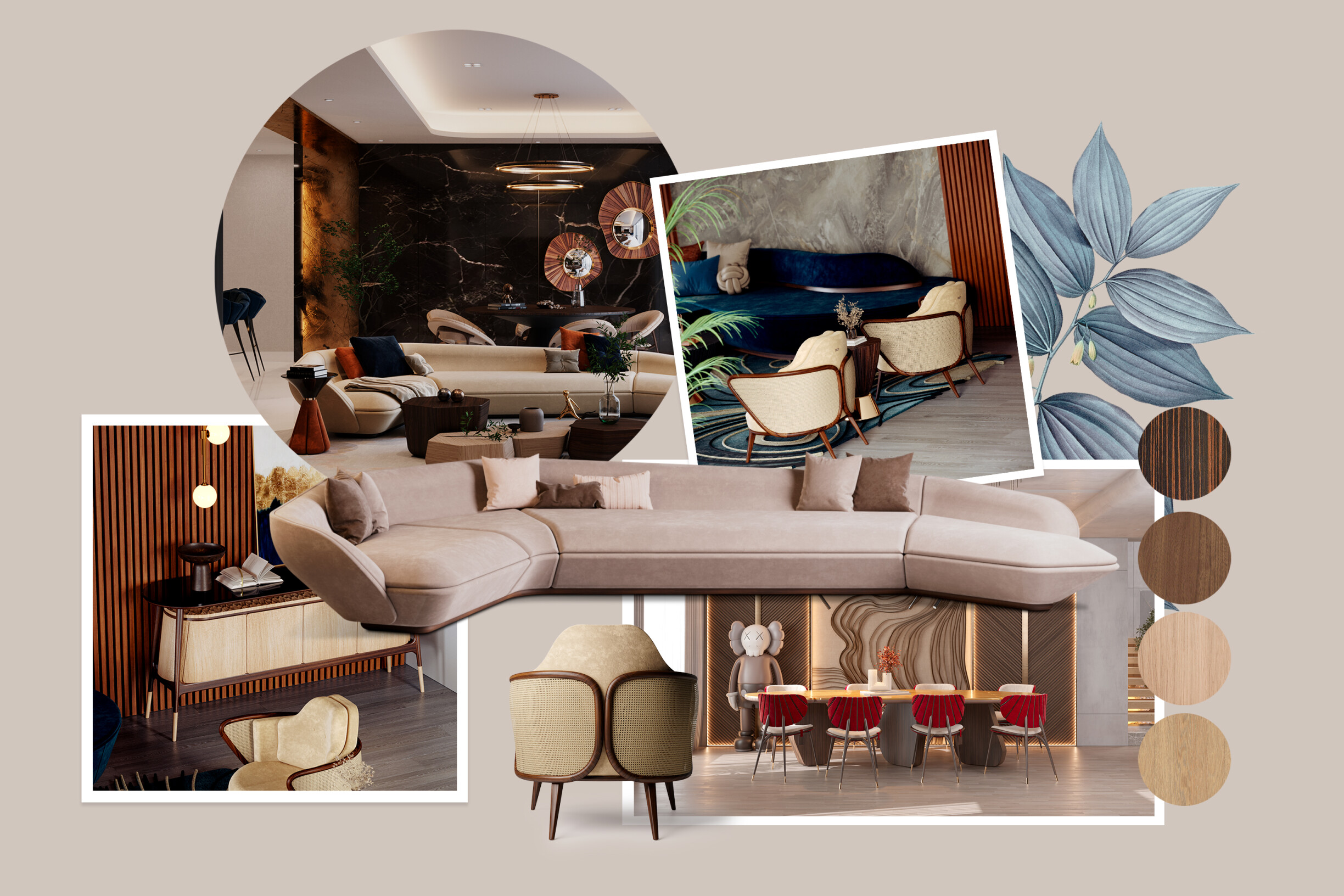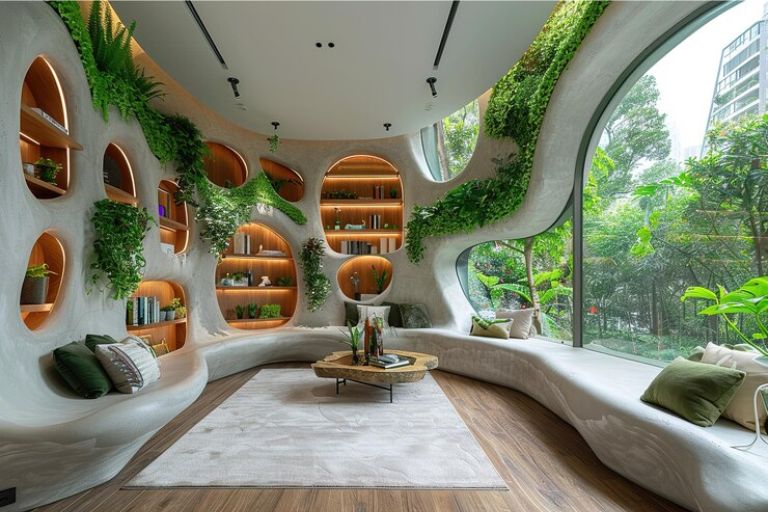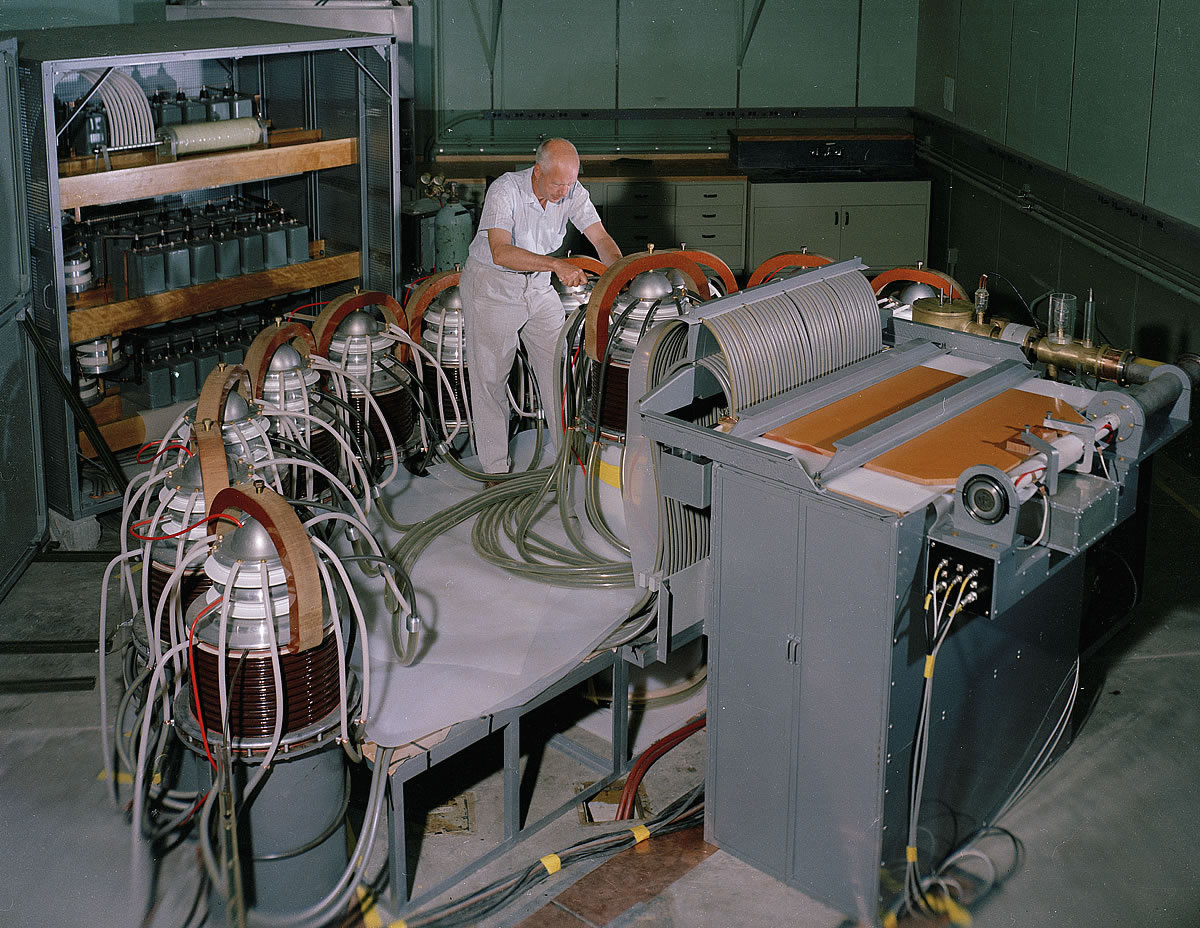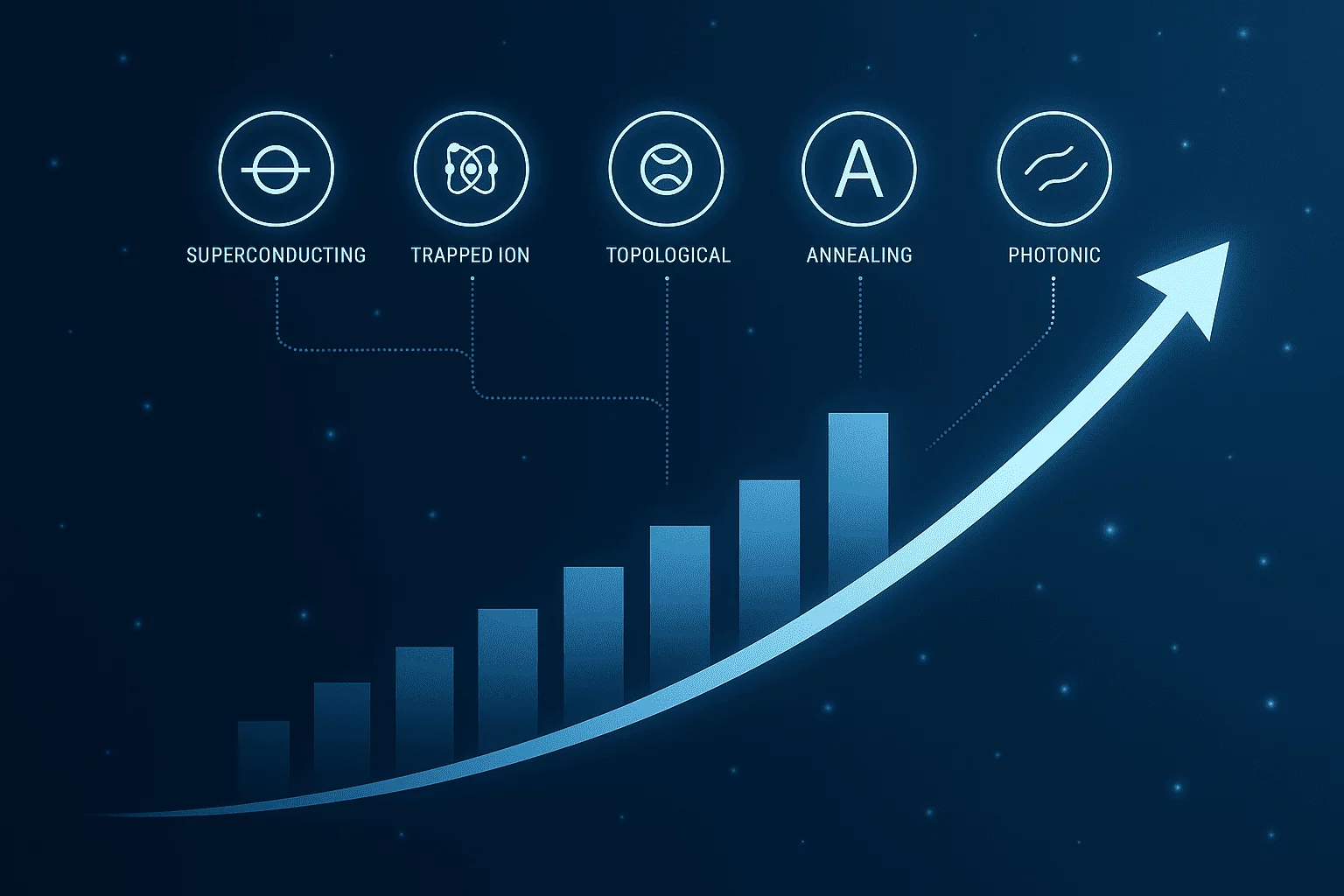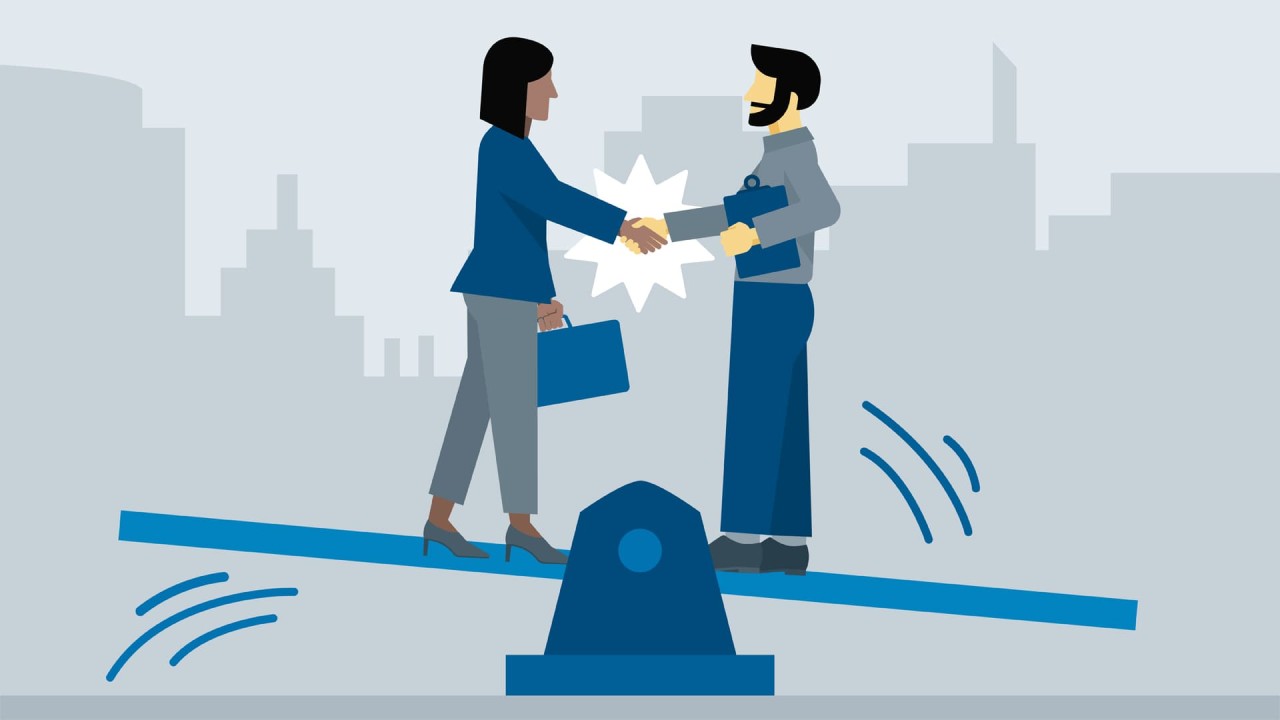Interior design in SS2026 isn’t just about what looks good—it’s about what feels good. In an era where digital saturation dominates how we interact, physical space has become our emotional refuge. And the language that defines those spaces? Texture and material. Consumers aren’t just looking at furniture or wall finishes anymore—they’re forming sensory relationships with them. Whether it’s the plush comfort of bouclé on a reading chair or the raw honesty of unfinished stone in a bathroom, texture now speaks directly to consumer emotion, memory, and trust. In this article, we’ll explore how these tactile choices are influencing buying behavior, reshaping retail, and creating emotional resonance in physical spaces.
This season, we’re witnessing a shift from minimalism’s sleek surfaces to a multi-textured, emotionally immersive interior aesthetic. Brands, designers, and retailers are responding by emphasizing how things feel, not just how they function. It’s a powerful evolution—because the way a surface interacts with the hand often determines whether it gets a spot in the home. SS2026 signals the rise of sensory-first design strategy, where materials matter more than ever.
How SS2026 Materials and Textures Influence Consumer Behavior
SS2026 materials and textures influence consumer behavior by shifting purchasing decisions from purely aesthetic or functional motivations to emotionally driven choices. Consumers are increasingly drawn to products that offer sensory value—soft, natural, or textured materials evoke comfort, trust, and authenticity in a world overwhelmed by digital interaction. As a result, brands that incorporate tactile storytelling—such as raw wood grains, organic textiles, or recycled stone finishes—see stronger engagement and loyalty.
However, some argue that this texture-first trend may prioritize emotional appeal over practical value, potentially inflating prices for materials that feel artisanal but offer limited durability. There’s also a risk of surface-level sustainability marketing, where eco-textures like mycelium or boucle are used more for image than long-term environmental impact. The debate lies in whether tactile trends are truly transformative or just another layer of curated consumerism.
Emotional Architecture: The Psychology of Texture
Texture isn’t just decorative. It has deep psychological resonance. Rough, raw textures can evoke calm and groundedness, while soft, plush textures invite comfort and intimacy. Shiny, reflective surfaces bring energy and light. This is known as neuroaesthetic impact—the way design elements directly influence brain activity and emotional states.
According to a 2025 report by the Design Institute of Consumer Psychology, 68% of consumers say they are more likely to purchase home goods that evoke a “tactile” emotional response, especially when browsing in-store.
Texture Perception and Emotion (Survey Results – Europe, 2025)
| Texture Type | Emotional Response | Purchase Impact |
|---|---|---|
| Raw Stone | Grounding, Stable | +18% purchase lift |
| Velvet or Bouclé | Comfort, Safety | +23% purchase lift |
| High-Gloss Acrylic | Energetic, Futuristic | +12% purchase lift |
| Matte Concrete | Minimalist, Honest | Neutral impact |
| Reclaimed Wood | Warmth, Trust, Storytelling | +30% purchase lift |
The SS2026 Material Moodboard
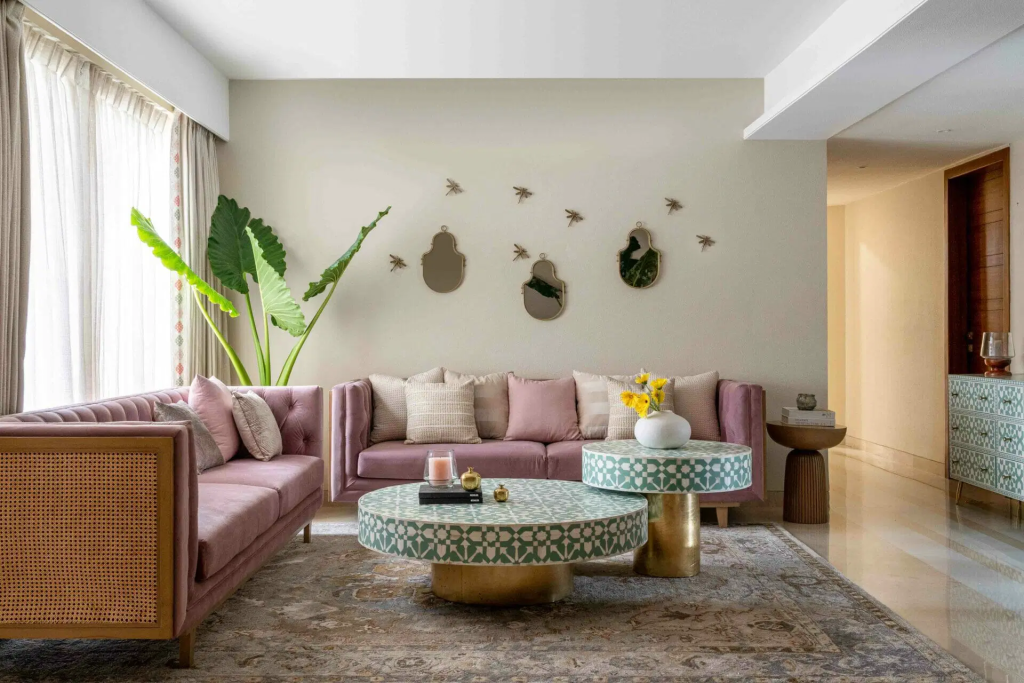
Interior designers and consumer brands alike are turning toward materials that blur the line between natural and curated, tactile and visual, sustainable and sensorial. Below are the SS2026 leaders:
Top Trending Textures & Materials for SS2026
- Textured Plasters (like limewash or tadelakt): Brings warmth to walls with artisan-level tactility.
- Reclaimed Wood with Visible Grain: Adds character and eco-narrative to spaces.
- High-Gloss Resin Accents: Popular in futuristic decor—on tables, cabinetry, or accessories.
- Organic Bouclé and Alpaca: Ultra-soft textures used in statement furniture.
- Clay-Based Surfaces: Earth-tone tiles and finishes that embrace imperfection and feel grounding.
These choices are influencing not just interior designers, but product manufacturers, retailers, and e-commerce content creators.
Tactile Storytelling in Retail and Product Design
In a competitive retail environment, touchable surfaces convert browsers into buyers. This is especially true for mid- to high-end furniture and home goods brands.
Brands like Anthropologie, CB2, and Ferm Living have revamped showrooms and online catalogs to emphasize materials. On product pages, high-resolution close-ups of wood grain or fabric weave are now standard. Product copy doesn’t just mention “cotton” or “walnut”—it evokes the feeling of each.
“It’s not what it is—it’s what it feels like.” That’s become the mantra of SS2026 marketing.
In fact, consumers are 31% more likely to interact with videos or visuals that showcase textures, according to a 2025 study from Adobe Creative Cloud’s trend report.
Sustainability + Sensation = Consumer Trust
Consumers want materials that are both ethical and emotional. That’s where sustainable textures come in.
- Mycelium tiles, bio-resins, and vegan leathers are now standard in upscale interior design.
- Wabi-sabi aesthetics (embracing imperfection, nature, and raw texture) are taking hold in the mainstream.
- Circular design brands, like Mater and Emeco, use recycled aluminum and ocean plastics in pieces that still feel luxurious.
Table: SS2026 Sustainable Materials Gaining Consumer Behavior Favor
| Material | Source | SS2026 Use Case | Consumer Preference (2025) |
|---|---|---|---|
| Mycelium Foam | Mushroom roots | Wall panels, soft seating | +40% lift in eco-conscious buyers |
| Ocean Plastic | Recycled waste | Tableware, lamps | +32% lift |
| Recycled Denim | Textile scrap processing | Wall insulation, cushions | +28% lift |
| Bio-Resin | Plant-based polymers | Furniture coatings | +22% lift |
Gen Z and Texture-Driven Interiors

Gen Z has emerged as a key driver in SS2026 interior trends. Their values—rooted in authenticity, environmental awareness, and personal expression—align directly with tactile design principles.
This generation seeks home spaces that feel like an extension of their mental health goals. They want cozy, healing, and sensory-friendly interiors. No wonder materials like terry cloth rugs, sherpa headboards, and nubby textiles are trending on platforms like Pinterest and TikTok.
#SoftSurfaces and #HyggeHome have reached over 45 million views combined on TikTok, highlighting how aesthetic meets comfort in this trend wave.
Multisensory Design and Consumer Behavior
The future of interior design lies in multi-sensory experiences. Texture is the anchor, but it’s increasingly being tied to soundscapes, scent integration, and mood lighting.
Retailers such as IKEA and Muji are testing in-store environments where textures are paired with ambient audio or nature-inspired scents to elevate customer immersion.
When surfaces tell stories and stimulate the senses, they build brand loyalty.
Conclusion:
Trend analyst and design strategist Mattias Knutsson has long emphasized that materials drive emotion—and emotion drives purchase. In the SS2026 cycle, he points out that interior surfaces have become key players in both brand positioning and consumer decision-making.
According to Knutsson, successful brands are those that “merge tactile sincerity with ecological intelligence.” His consultancy work with interior product companies and retail environments reinforces the idea that material choices aren’t operational—they’re strategic.
Knutsson’s takeaway for SS2026 is clear:
“Textures are no longer passive. They’re the new voice of design. When they’re aligned with purpose and sensory value, they don’t just fill a room—they define the story within it.”
Read more:
- Earthy Neutrals Take Over: The Sustainable Color Trend Transforming Homes
- Interior Design Trends for 2026: Diverse Styles with a Common Vision
- SS2026 Consumer Trends: How Color and Material Trends Shape Buying Behavior
- Seasonal Summary: SS2025 Trends in Action
- Digital Pastels: How AI-Inspired Hues Are Redefining Interior Design in 2026
- Dopamine Décor: The Bold and Joyful Interior Trend Dominating 2026
- Beyond Aesthetics: How Smart and Biodegradable Materials Are Shaping Interior Design
- Seasonal Summary: How SS2025 Trends Are Shaping Spring

